Archives
- 2025-12
- 2025-11
- 2025-10
- 2025-09
- 2025-03
- 2025-02
- 2025-01
- 2024-12
- 2024-11
- 2024-10
- 2024-09
- 2024-08
- 2024-07
- 2024-06
- 2024-05
- 2024-04
- 2024-03
- 2024-02
- 2024-01
- 2023-12
- 2023-11
- 2023-10
- 2023-09
- 2023-08
- 2023-06
- 2023-05
- 2023-04
- 2023-03
- 2023-02
- 2023-01
- 2022-12
- 2022-11
- 2022-10
- 2022-09
- 2022-08
- 2022-07
- 2022-06
- 2022-05
- 2022-04
- 2022-03
- 2022-02
- 2022-01
- 2021-12
- 2021-11
- 2021-10
- 2021-09
- 2021-08
- 2021-07
- 2021-06
- 2021-05
- 2021-04
- 2021-03
- 2021-02
- 2021-01
- 2020-12
- 2020-11
- 2020-10
- 2020-09
- 2020-08
- 2020-07
- 2020-06
- 2020-05
- 2020-04
- 2020-03
- 2020-02
- 2020-01
- 2019-12
- 2019-11
- 2019-10
- 2019-09
- 2019-08
- 2019-07
- 2019-06
- 2018-07
-
The inhibition of NPY cleavage may also contribute to the
2021-06-07
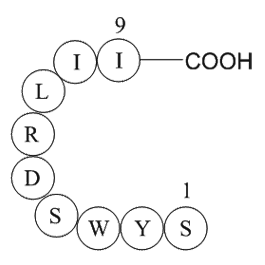
The inhibition of NPY cleavage may also contribute to the effect of gliptins on blood pressure [123]: NPY is an agonist of Y1 receptor mediating peripheral vasoconstriction. Interestingly, blood pressure in adult SHRs was not affected by single dose administration of a specific DPP-4i whereas blood
-
Twin studies have shown that P has moderate
2021-06-07
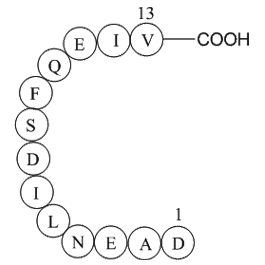
Twin studies have shown that P has moderate heritability. Zuckerman (1989) reviewed the earlier studies of P or related traits and found a median heritability of 0.51. However, twin studies using an Eysenckian P scale have tended to estimate somewhat lower heritabilities than this, in the range 0.36
-
br Cysteine proteases as molecular targets for trypanosomati
2021-06-07

Cysteine proteases as molecular targets for trypanosomatid diseases Approaches relying on a molecular target, such as SBDD and target-based screening, have supported outstanding scientific developments in current pharmaceutical R&D. By integrating experimental and computational methods, these str
-
Phylogenetically three related CXC chemokines are classified
2021-06-07
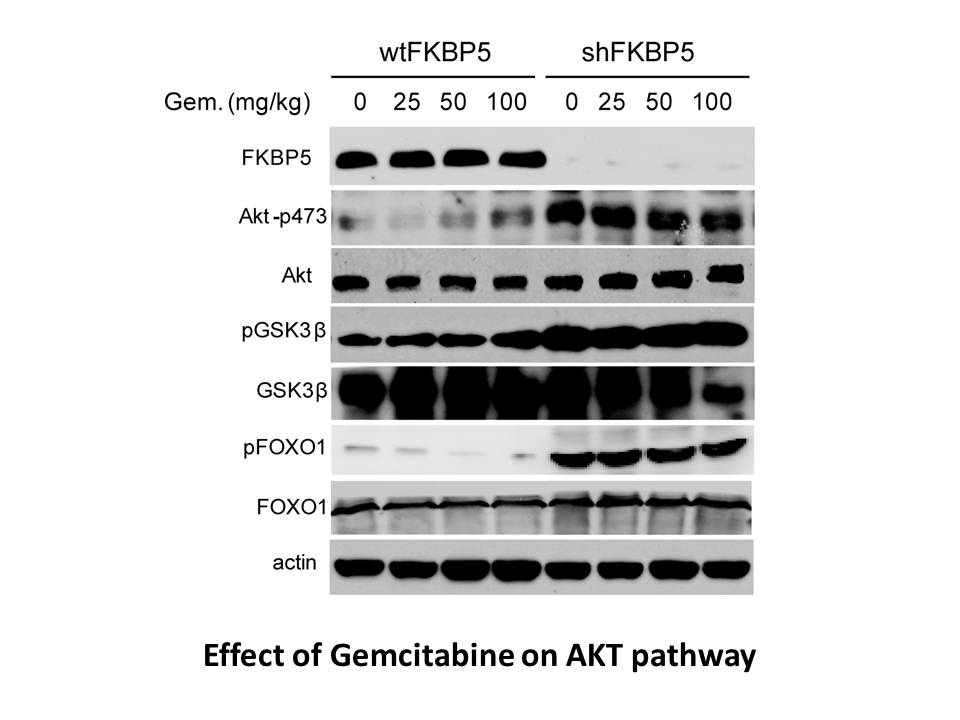
Phylogenetically three related CXC chemokines are classified as the possible ligands for the teleost CXCR1 and CXCR2. They are referred to as CXCL8_L1 (CXCL8/IL-8/CXCa), CXCL8_L2 (CXCc) and CXCL8_L3 (Alejo and Tafalla, 2011, Chen et al., 2013, Laing et al., 2002, Laing and Secombes, 2004, Nomiyama e
-
br Materials and methods br Results
2021-06-07
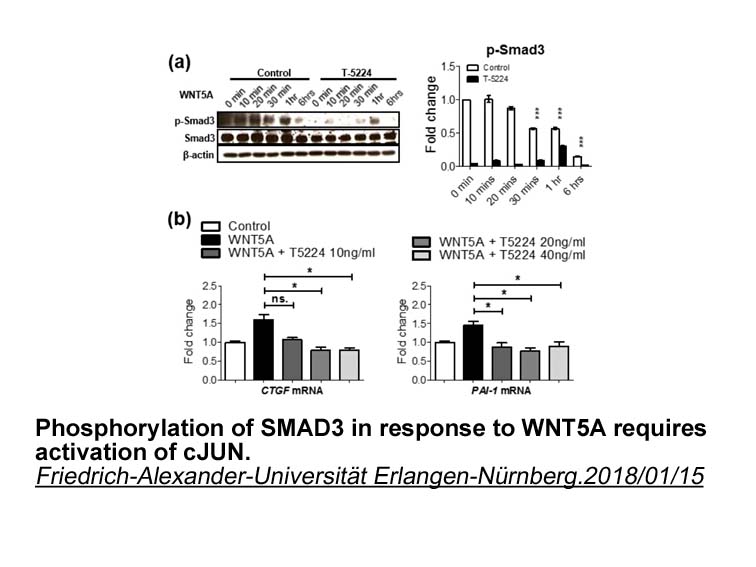
Materials and methods Results The i.v. administration of urocortin 2 reduced the mean arterial blood pressure in a dose-dependent manner (Fig. 1). The ED50 for the urocortin 2 cumulative dose–response effect on mean arterial blood pressure was 0.014±0.004 mg kg−1. Urocortin 2 administration ha
-
The regression also revealed a significant
2021-06-07
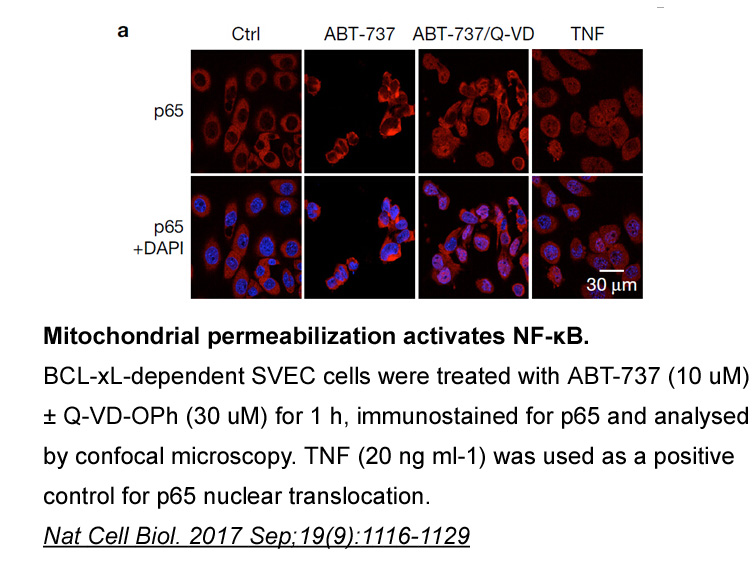
The regression also revealed a significant association between admission selectivity (SELECT) and exam pass rate (PASS%) (p YM 155 serve as an indicator of a student’s ability to learn and their aptitude for academic success. These same qualities likely enable more selective schools to design more r
-
Ultrasound is an acoustic wave with
2021-06-05
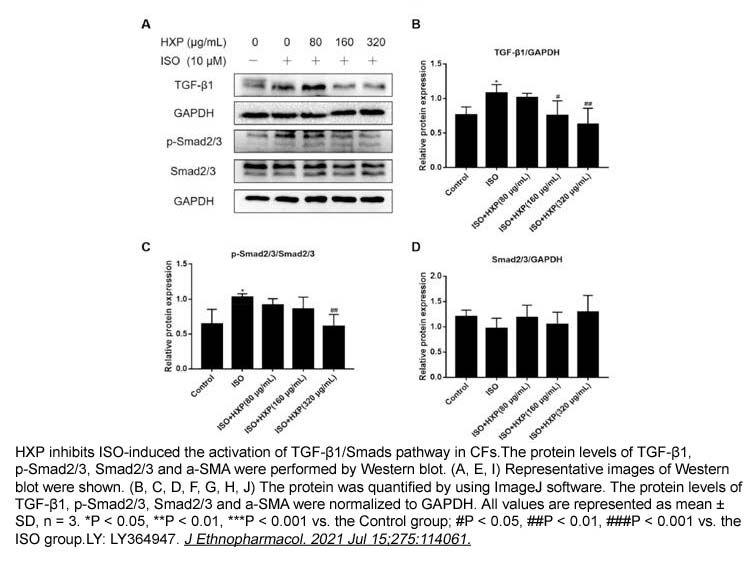
Ultrasound is an acoustic wave with a frequency >20 kHz that needs a medium to propagate [20]. Accompanied by the spread of an ultrasonic wave, a series of alternating cycles of compression and rarefaction emerge in the liquid medium. During the rarefaction cycle, microbubbles are formed because of
-
It was demonstrated that ET
2021-06-05
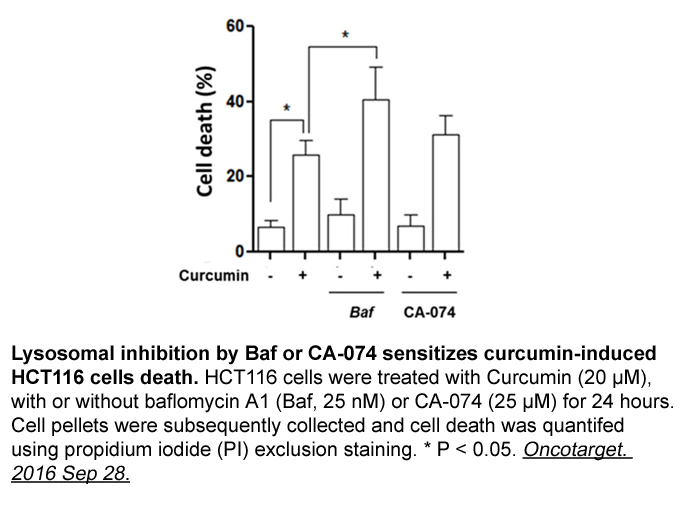
It was demonstrated that ET-1 signaling is the primary axon guidance mechanism that accounts for sympathetic innervation of the sinoatrial node and myocardium in the developing mouse heart [11]. In this article, we will review the findings relating to the basic profiles; i.e. molecular features of
-
Studies using SERPINB deficient mice
2021-06-05
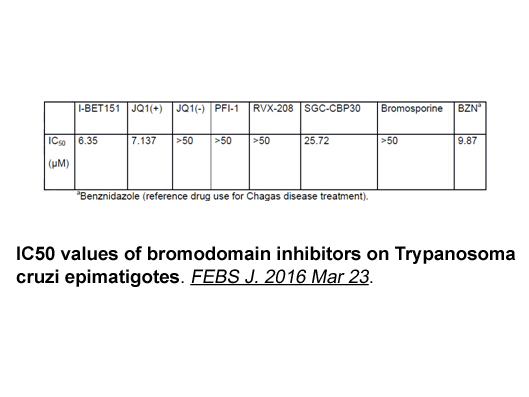
Studies using SERPINB1-deficient mice established the significant role for SERPINB1 in protecting lung antimicrobial proteins from proteolysis during microbe infection and its regulatory role in sustaining the balance of neutrophil reserve [15]. Neutrophil serine proteases (NSPs) (elastase, cathepsi
-
Gene chip is a detection technique that
2021-06-05
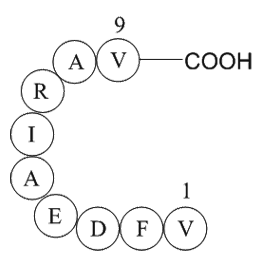
Gene chip is a detection technique that can detect all the time-point differentially expressed genes (DEGs) information within the same sample. However, due to sample heterogeneity or different sequencing platform, the results for the expressed mRNAs are inconsistent with different gene profile. The
-
HCV has evolved mechanisms to evade humoral immune responses
2021-06-05
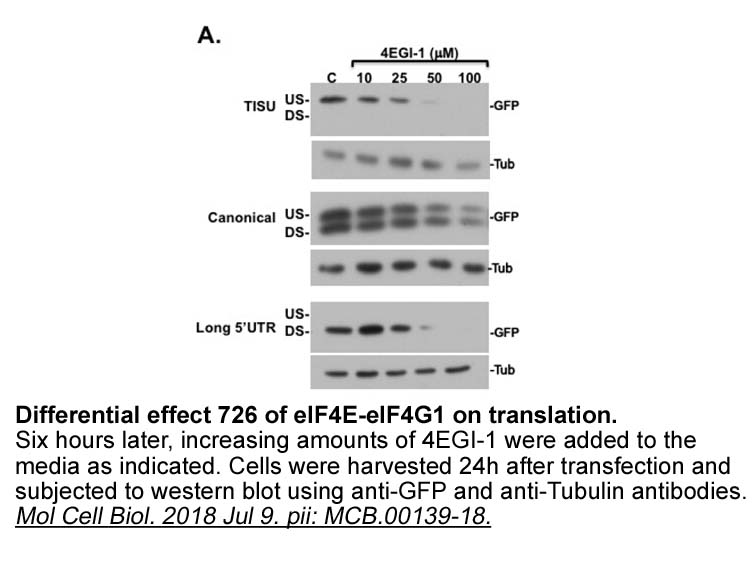
HCV has evolved mechanisms to evade humoral immune responses including high functional flexibility and variability of immunogenic portions of its envelope proteins. The highest sequence variability occurs in the first 27 Benazepril HCl of the N-terminus of E2, which is referred to as the hypervaria
-
br Materials and methods br Results br Discussion Natural co
2021-06-05
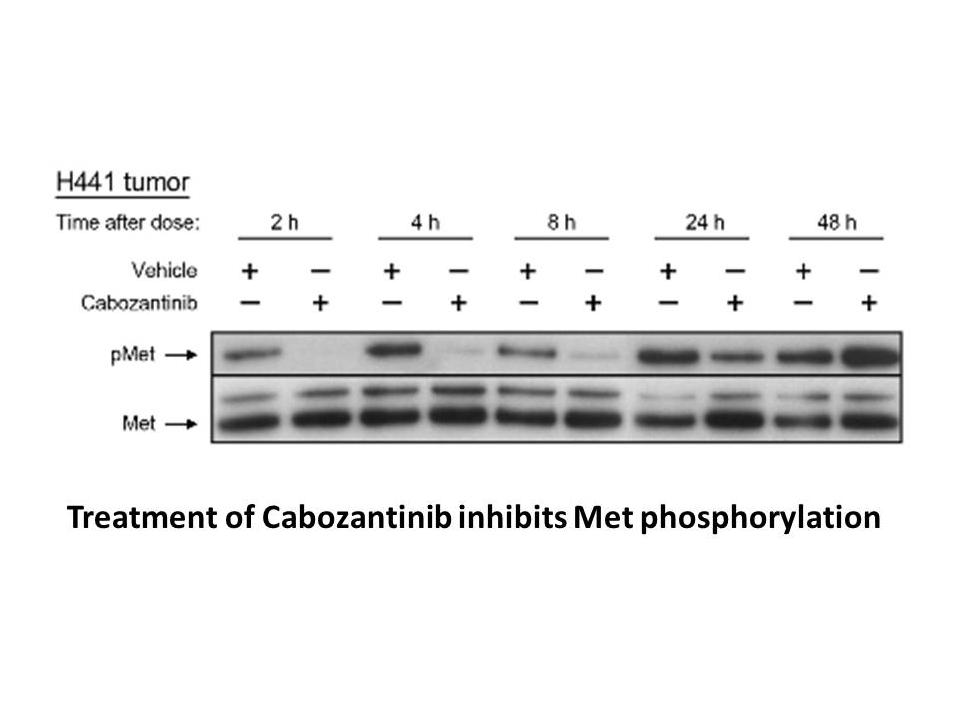
Materials and methods Results Discussion Natural compounds and their derivatives have been investigated as candidates for the treatment of bone diseases and can also be the sources of nutraceutical agents and therapeutic agents [28]. Using peptides as therapeutic effects on bone-related dis
-
E protein expressed in a plasmid encoding codon
2021-06-05

E1 protein expressed in a plasmid encoding codon-optimized canine oral papillomavirus (COPV) led to therapeutic immunization of COPV-infected Beagle dogs [25], [26], which was better than that achieved with plasmids encoding E2 or E7 COPV. Moreover, E1 and E2 from cottontail rabbit papillomavirus (C
-
br Introduction Addiction to opioids
2021-06-05
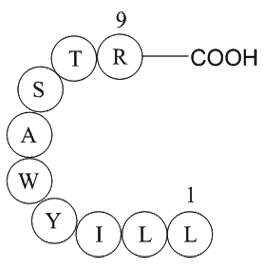
Introduction Addiction to opioids such as morphine is a chronic disorder that affects the mesocorticolimbic dopaminergic pathway in the brain. Activation of the pathway ultimately leads to dopamine release in the nucleus accumbens (NAc) (Di Chiara et al., 1998) and stimulation of dopamine recepto
-
Telotristat br Materials and methods br Results br Discussio
2021-06-05
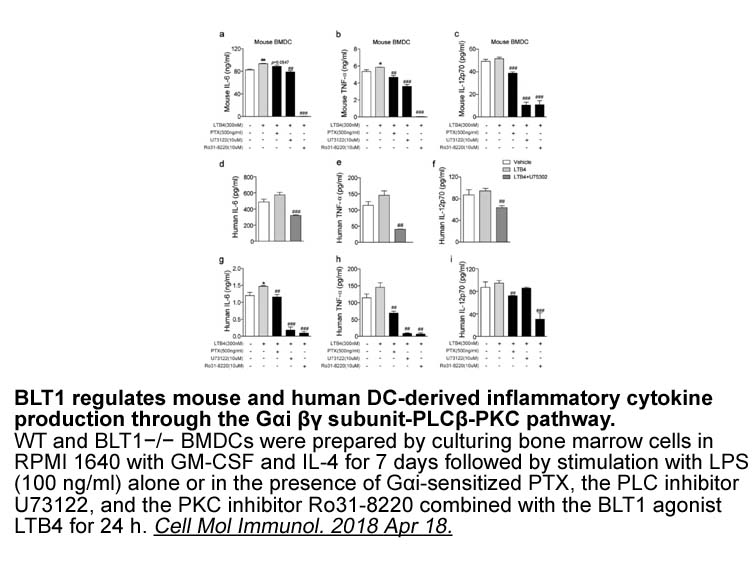
Materials and methods Results Discussion DNA-PKcs and the Ku heterodimer (Ku70 and Ku80) constitute the DNA-PK complex, which is a serine/threonine kinase. DNA-PK phosphorylates H2AX and other substrates, such as main NHEJ factors (Artemis, XRCC4, and DNA ligase IV) [4]. Therefore, DNA-PK d
14878 records 631/992 page Previous Next First page 上5页 631632633634635 下5页 Last page